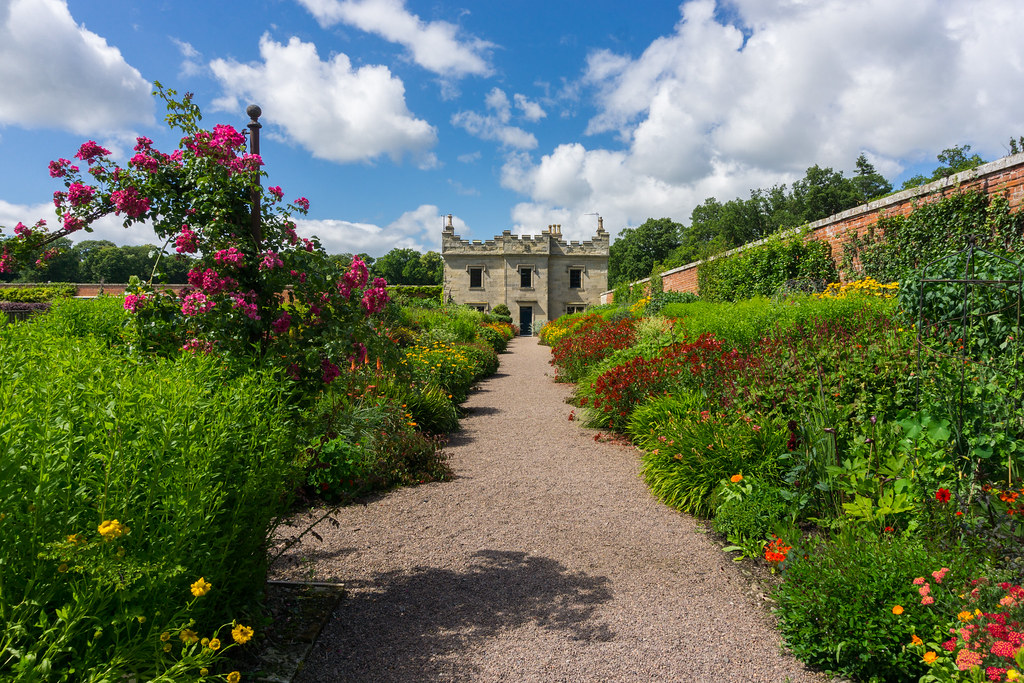The sweet scent of spring is in the air, and with it comes the promise of a new beginning for our beloved container gardens. If you’re anything like me, you’ve been eagerly awaiting the chance to get your hands dirty and breathe new life into those pots and planters that have been lying dormant through the winter months. But before we can bask in the glory of blooming buds and sprouting greens, there’s a crucial step we must not overlook: recharging that tired soil from last year’s exploits.
As Jenny so aptly put it, our container gardens are in dire need of some TLC come springtime. After a season of growth and a winter of weathering, the soil in our pots is as depleted as my energy levels before my first cup of coffee. But fear not, fellow green thumbs, for the process of reinvigorating our soil is neither time-consuming nor labor-intensive. It’s a simple act of love and care that will set the stage for a flourishing garden.
The first step is akin to brushing off the cobwebs of neglect.
We scrape away the topmost layer of crusty soil, along with any debris that has accumulated over the off-season. A quick turn with a cultivator, and we’re already on our way to a fresher foundation. If the soil level has dropped, which is often the case, we top it up with a mix of potting soil or garden mix. It’s like fluffing up a pillow before laying down your head for a night of restful sleep.

Next, we must address the nutrient deficit left by last year’s plantings. This is where compost or fertilizer comes into play, turning it into the existing soil to replenish what has been lost. It’s essential, however, to ensure that any fertilizer is mixed in deeply to avoid root burn. Think of it as seasoning a dish; you want the flavors to be evenly distributed, not concentrated in one overpowering bite.
With the soil prepped and primed, we arrive at what I consider the most enjoyable part of the process: selecting the stars of this year’s container garden. Whether you’re partial to vibrant flowering plants, hearty vegetables, or aromatic herbs, this is your canvas to paint with the colors and textures of nature. And if you’re working with annual varieties, remember that soil recharging isn’t a once-a-year affair. Feel free to add compost or fertilizer between plantings to keep the nutrient levels optimal.
Let’s talk about the elephant in the room—or should I say, the kale in the planter? Reusing soil in container gardens year after year might raise some eyebrows, but I’m here to tell you that it’s not only possible, it’s practical. For years, we’ve been reusing our soil without a hitch, following a few simple practices that ensure our garden’s success.
Before winter, we prep our gardens for spring by composting soil in Geobin containers, mix in compost for a nutrient boost, and fertilize for a balanced diet using Jack’s line.Of course, there are concerns that come with reusing soil, such as disease transfer and salt buildup. However, in nearly a decade of practice, these have proven to be minor issues that can be managed with proper precautions. If disease does rear its ugly head, it’s better to err on the side of caution and discard the affected soil. As for salt buildup, the natural ‘washing’ that occurs from rainfall and snowmelt, coupled with careful fertigation, has kept our soil healthy and hospitable for plant life.
The journey from last year’s container garden to this year’s verdant oasis is one of renewal and rejuvenation. By following the steps outlined above, we not only give our plants the best possible start but also contribute to a more sustainable gardening practice. So roll up your sleeves, grab your cultivator, and let’s get gardening!
The heart of our container garden comparison: Growth and Glory.
This year’s garden is a testament to the power of patience, perseverance, and a little bit of plant savvy. As I gaze upon the lush greenery and vibrant blooms that now grace my balcony, I can’t help but reflect on the stark contrast to last year’s garden at the same time.
Last year, my container garden was a fledgling project. The plants were just beginning to find their footing, and the blooms were sparse. I remember looking at the small green shoots with a mix of hope and anxiety, wondering if they would ever reach the full potential I envisioned for them. The kale, which had volunteered itself from a stray seed, was the only plant that seemed to be thriving without much fuss.
Fast forward to this year, and the transformation is nothing short of miraculous. The same containers that once held tentative seedlings are now overflowing with life. The tomatoes are plump and ripening by the day, the basil’s aroma fills the air, and the marigolds are a riot of orange and yellow. It’s a scene that brings immense satisfaction and a sense of accomplishment.
The key to success this year was attention to detail and lessons from the past season. I improved the soil, followed advice, and chose plants carefully.
Another factor that has contributed to this year’s success is the use of fertigation.
By incorporating a constant feed rate of Jack’s fertilizer with every watering, I’ve been able to provide a steady stream of nutrients to the plants. This has been especially beneficial for the heavy feeders like tomatoes and peppers, which have produced an impressive yield.
The concerns about disease transfer and salt buildup that often come with reusing soil have been mitigated by the practices I’ve adopted. I’ve been vigilant about removing any diseased plants immediately to prevent the spread of pathogens. And the natural ‘washing’ from rainfall and snowmelt, coupled with careful fertigation, has kept the soil healthy and free from harmful salt concentrations.
In comparing this year’s container garden to last year’s, it’s clear that the extra effort has been well worth it. The garden is not only a visual delight but also a source of fresh, homegrown produce. It’s a living example of how a little bit of knowledge and a lot of love for gardening can yield extraordinary results.
As I sit back and enjoy the fruits (and vegetables) of my labor, I’m already thinking ahead to next year. I’m taking notes on what worked well and what could be improved. I’m considering new plant varieties to introduce and contemplating the tweaks I might make to my soil rejuvenation routine.
The beauty of container gardening is that it is an ever-evolving art.
Each year brings its own set of challenges and triumphs, and each season is an opportunity to grow—not just plants, but as a gardener as well. The comparison between this year’s garden and last year’s serves as a reminder that with each passing year, we can get closer to perfecting our little slice of paradise.
To all my fellow container gardeners out there, I encourage you to embrace the journey. Take the time to learn from each season, to experiment with new techniques, and to celebrate the growth and glory that comes with nurturing life in your pots and planters. Here’s to the vibrant, thriving gardens in our future, and the joy they bring us every day.
Related posts:
Reusing Soil In Container Gardens Year After Year
After season soil utilization in container gardening
container – Yield Container vs Garden





